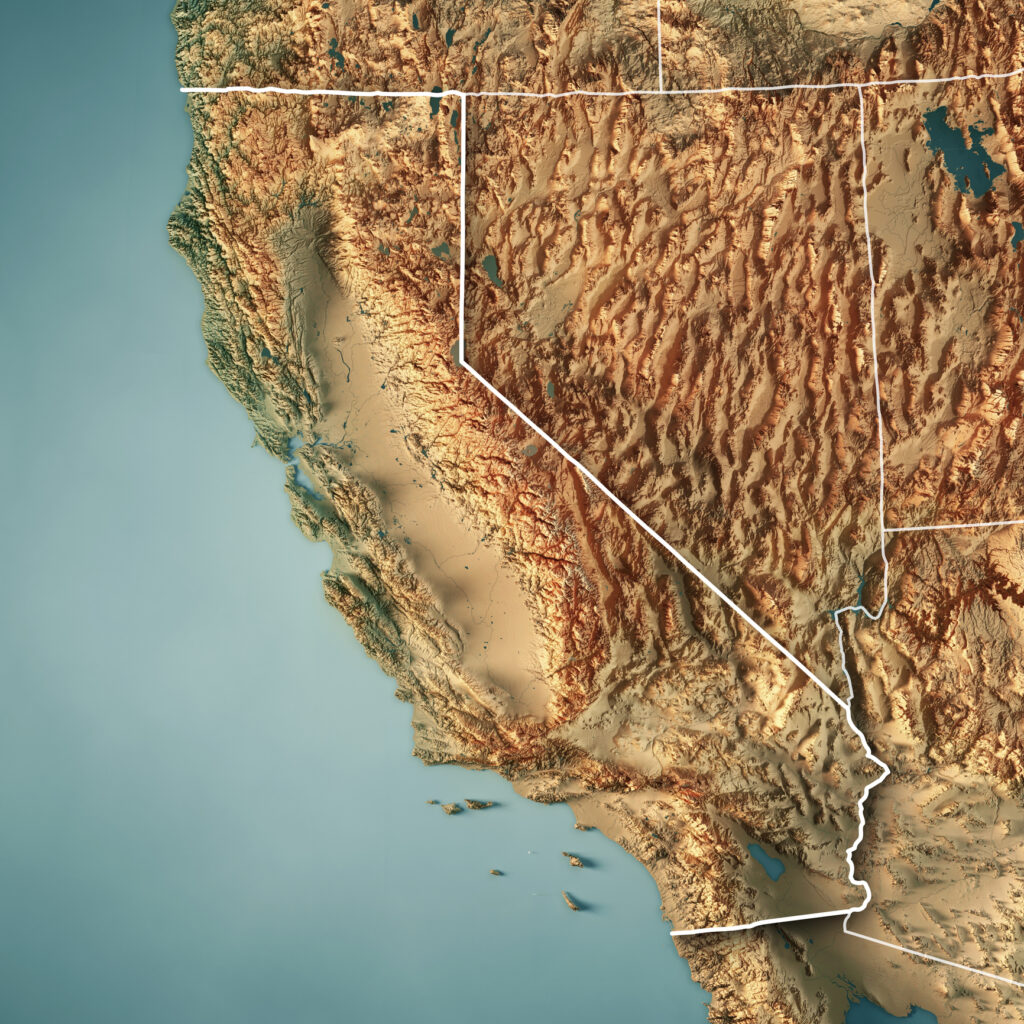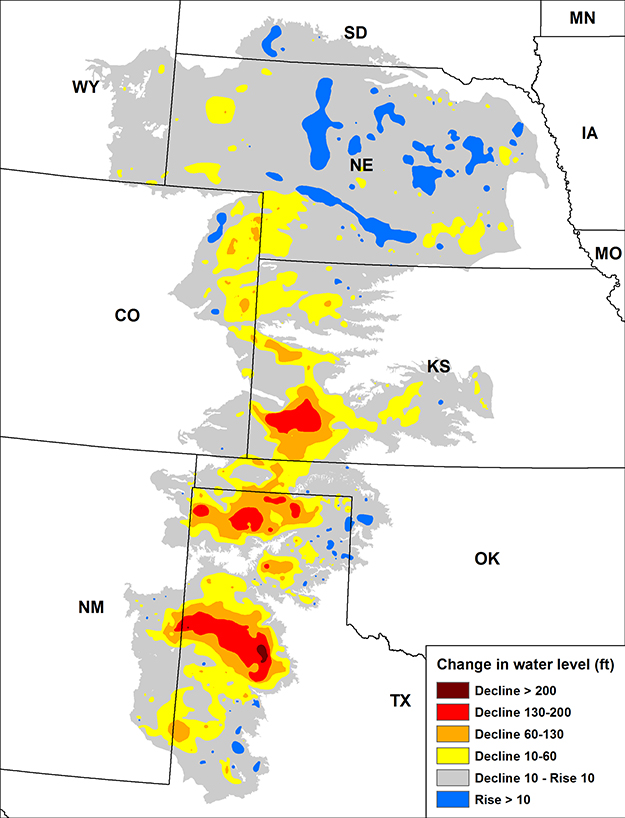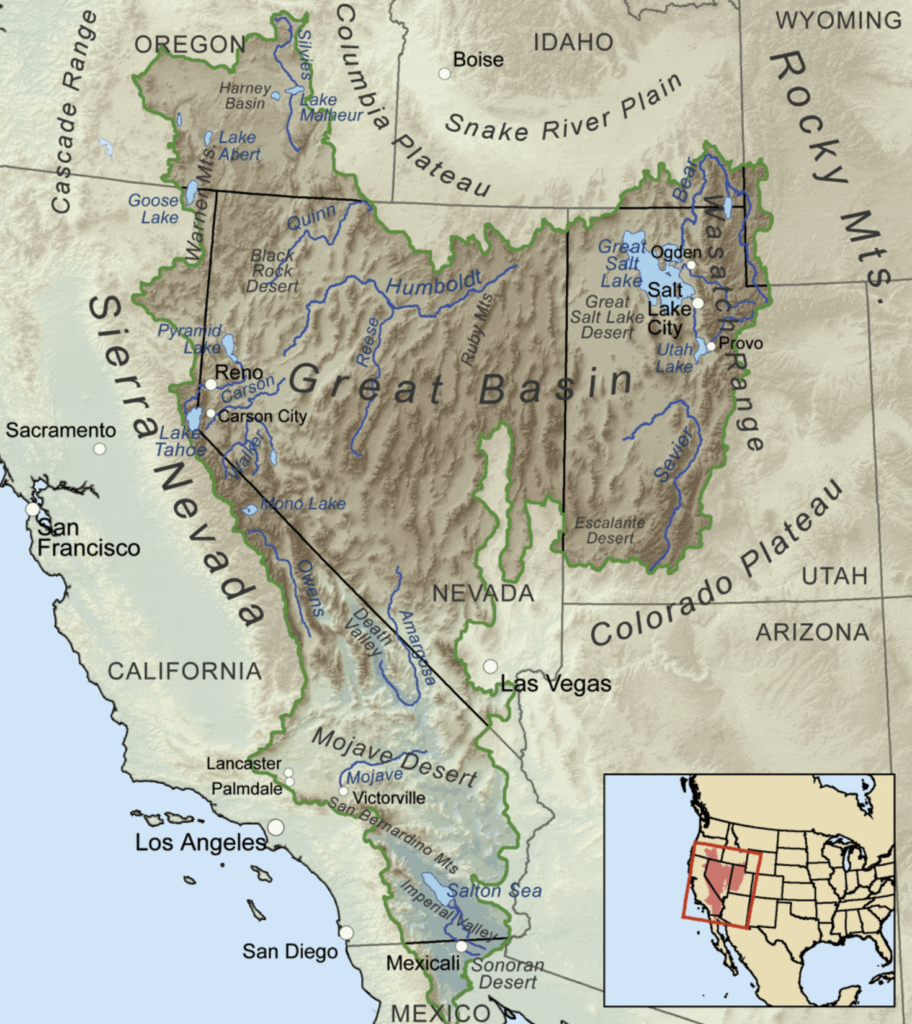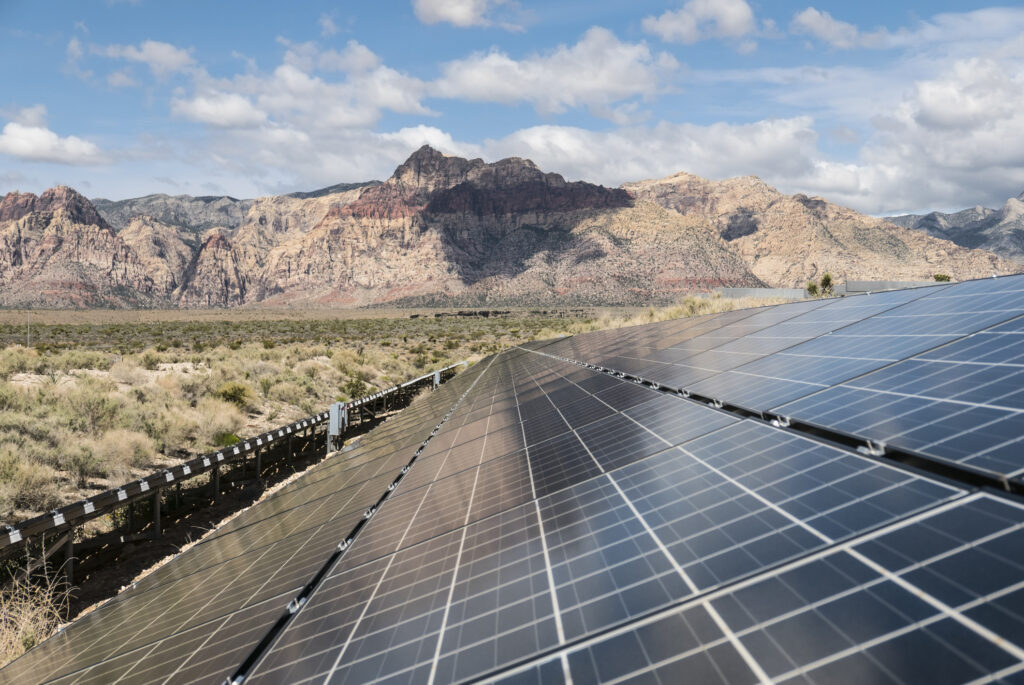100% solar panel recycling is about fully closing the supply chain loop in solar by recycling 100% of the solar panel and ensuring solar panels NEVER end up in landfills when they have reached the end of their useful lives. This is our commitment to our customers and to the solar industry.
Dr. Fortunato Villamagna, President of Comstock Metals

100% solar panel recycling is a new end-of-life standard for the solar industry, which eliminates a significant risk of contaminants from end-of-life solar panels sent to landfills leaching into the soil and water supply of one state that is interconnected with the water supplies of neighboring states.
And because water is typically fed through regional water basins that provide drinking water to millions of people and agricultural water for crops that feed millions more, we have a shared responsibility in keeping our shared environment and shared resources safe.
And while some states, such as California and Hawaii are already moving toward adopting new recycling policies that effectively puts an end to the practice of landfilling solar panels, we believe 100% solar panel recycling eliminates the public health risks from plastics and heavy metal contaminants regardless of the policy status of the state the solar panel originates from.
100% Solar Panel Recycling is Part of a Connected Environment

Large consumers and generators of shared water from the Great Basin and where most large-scale solar generating capacity exists today and into the future. All source data is in the public domain.
100% solar panel recycling recognizes that our water, air, and soil systems are interdependent and regional. This is especially true for water systems fed from our great aquifers.
What effects one million people in one state can travel to millions more through aquifers and the volume of end-of-life solar panel problem, one million panels annually by 2030 and tens of millions annually by 2050, is therefore not a “not in my backyard” kind of problem, because the environment and our water supply knows no borders.
We share resources, we share the benefits of green energy from solar, and we can work together to eliminate potential contaminant risk from a new energy supply chain that is critical to our energy transition away from fossil fuels.
From manufacturing and critical material sourcing and installation to end-of-life 100% recycling and responsible reuse of materials recovered, we believe we have a shared responsibility to ensure the solar supply chain we all want to benefit from is a contaminant risk-free supply chain.
No contamination risk is acceptable. This must be the goal if we expect solar to realize its’ full green promise of a closed loop primary clean energy source of the future. As any community thinks about scaling solar panel recycling in their state and creating policy to end the practice of sending them to landfills – even when there are “measures” in place at those landfills to prevent leaching – by doing so, 100% solar panel recycling becomes a shared resource, and that means shared economic and environmental benefits, too.
Shared Water Systems: Environmental Imperatives
End-of-life management of solar panels impacts our shared environment, and it is incumbent on all of us who share resources and the benefits of solar that we find a sustainable, scalable 100% recycling solution for everyone. This is a borderless challenge, because disposing of solar panels in landfills is not a solution—no matter what studies show “incremental” or small potential in the future for harm. Solar panels in landfills in one state can leach harmful contaminants into our soil and water supplies of another, posing significant health risks.
No case studies better amplify this “everyone” shares in the benefits and risks of solar than the Ogallala Aquifer, which represents a massive, large underground reservoir that feeds water systems in eight Southwestern U.S. states, or the Great Basin Aquifer, which supplies water to California, Nevada, Utah, and Oregon.
Case Studies: The Ogallala Aquifer and the Great Basin

The Ogallala Aquifer
One of the largest aquifers in the world, spanning approximately 174,000 square miles (about the area of California) beneath eight states: South Dakota, Nebraska, Wyoming, Colorado, Kansas, Oklahoma, New Mexico, and Texas.
This vast underground reservoir is a critical resource, providing nearly one-third of the groundwater used for irrigation in the United States and drinking water for millions of people.
Source: U.S. Geological Service Report, 2014
The interconnected nature of the Ogallala Aquifer exemplifies how environmental issues in one state can have far-reaching impacts on neighboring regions. If a landfill in Colorado leaches harmful chemicals into the groundwater, those contaminants can spread throughout the aquifer, affecting water quality in states like Kansas, Oklahoma, and Texas.
The Great Basin Aquifer
This system spans several western states, including Nevada, Utah, Oregon, and California.
This extensive underground water reservoir is a vital resource for agriculture, industry, and domestic water supplies in these arid and semi-arid regions.
The aquifer supports a sizable portion of the agricultural output in these states and provides drinking water for millions of residents.
Source: Wikipedia

By establishing a 100% solar panel recycling facility, we prevent these harmful substances from ever entering the aquifer, protecting water quality for all.
100% Solar Panel Recycling: The Shared Backyard Solution
It is natural for communities to be concerned about accepting materials from other states, fearing it will turn their area into a dumping ground. However, when it comes to solar panels, 100% recycling is the responsible option.
By establishing a 100% solar panel recycling facility, a community would not be importing waste—it would be taking critical action to prevent environmental contamination as a leader in their community, as a steward of the environment and water supply for their children and grandchildren and for generations to come.
A facility like our Silver Springs, NV 100% solar panel recycling center ensures that all incoming materials are processed to eliminate contaminants, and that zero material goes to a landfill, meaning eliminating 100% of the contaminant risk.

A 100% Solar Panel Recycling Economy
A 100% solar panel recycling facility boosts local economies, creates jobs in manufacturing, logistics, and environmental management, and adds new tax revenue. This is an industry that will grow significantly over the next 30 years to meet the demand of end-of-life solar panel volume.
Moreover, these facilities position a county as a leader in innovative recycling technologies, attracting further investments and fostering a reputation for environmental stewardship and economic resilience. By establishing themselves at the forefront of the 100% recycling trend, community leaders can help enable long-term economic stability and sustainable growth for solar in their economy while protecting the environment and their constituents.
By hosting a solar panel recycling facility, communities are leading by example in the energy transition to a clean energy economy. And they are being good neighbors. 100% recycling not only ensures zero landfill, but they can recover materials needed in the electrification economy, with the potential for reducing the need for raw material extraction, helping to reduce the carbon footprint associated with manufacturing.
100% solar panel recycling strengthens a community’s reputation as a hub of innovation and economic development, one which can also attract more investment from aligned businesses who share those values.
Our Solution
Media
Sources


